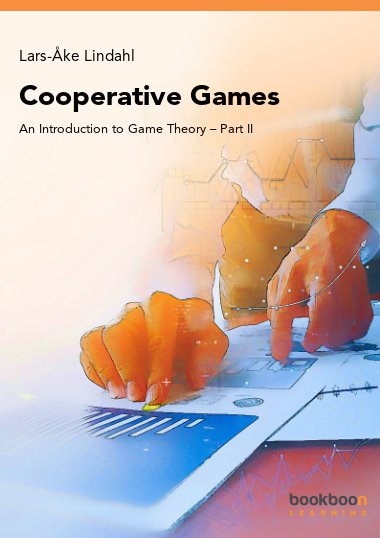Part II of An Introduction to Game Theory gives a thorough presentation of cooperative game theory at a level suitable for undergraduate students. The focus is on coalitional games with transferable utility with the core, the nucleolus and the Shapley value as the most important concepts studied. A brief chapter on games without transferable utility exemplified with exchange economies is also included. Precise definitions and full proofs of all results are given. The book contains plenty of exercises. Knowledge of Mathematics corresponding to one semester of university studies is required.
About the author
He has given lectures in a variety of mathematical subjects such as Calculus, Linear Algebra, Fourier Analysis, Complex Analysis, Convex Optimization, Game Theory and Probability Theory, and he has also written several textbooks and compendia. After his retirement, he has been a consultant to Al Baha University, Saudi Arabia, with a mission to assist in the development of their master's program in Mathematics.

